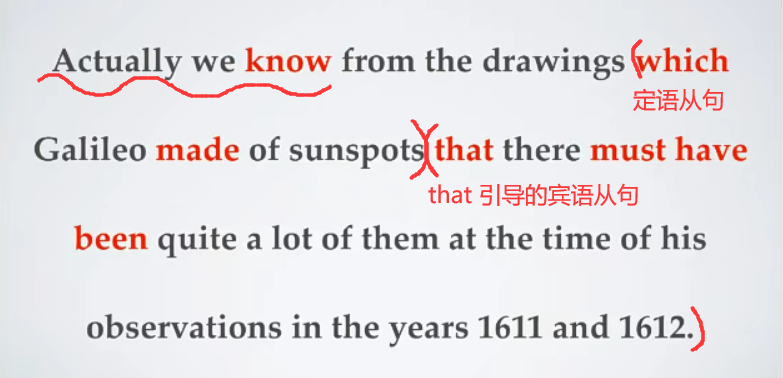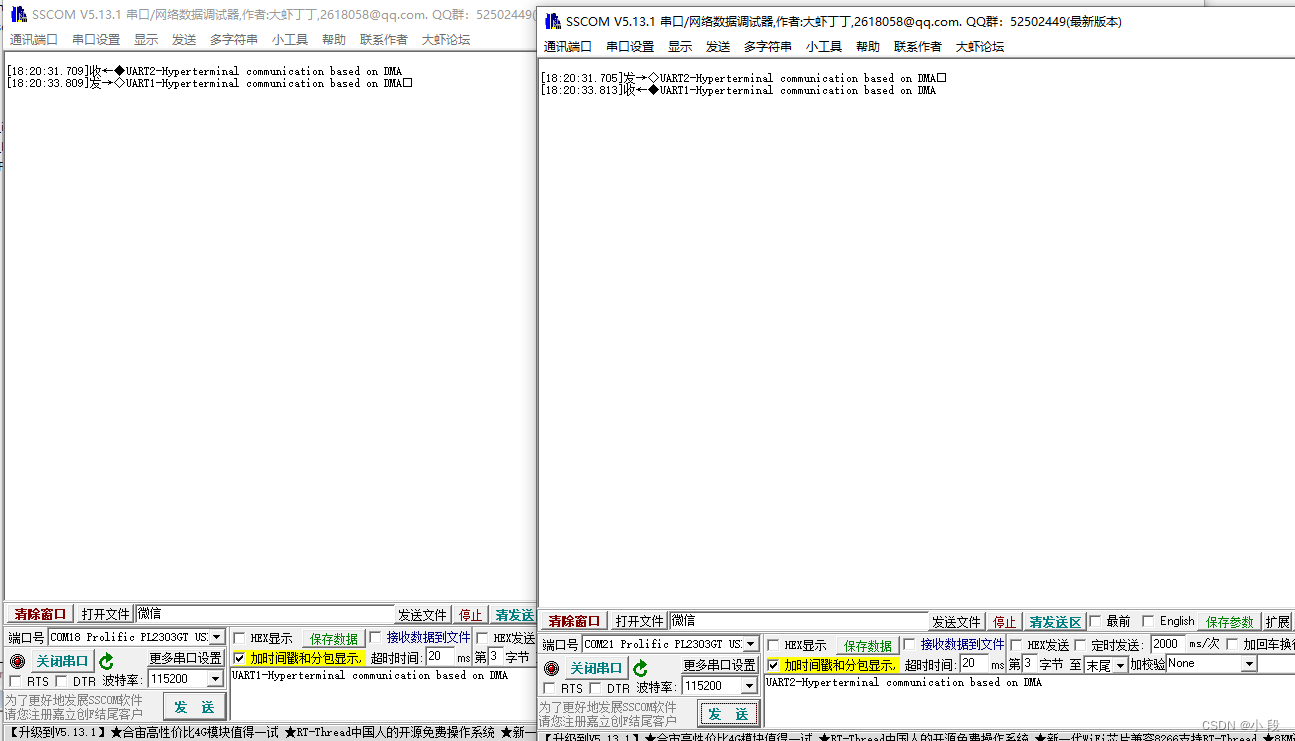文章目录
- 9.1. Introduction
- 9.1.1. Motivation Theories
- 9.1.2. Influence and Power
- 9.1.3. Motivating Team
- 9.2. Project Human Resource Management
- 9.3. Human Resource Planning
- 9.3.1. Project Organization Charts
- 9.3.2. Responsibility Assignment Matrices
- 9.3.2.1. RACI Chart
- 9.3.2.2. PARIS Chart
- 9.3.3. Staffing Management Plans
- 9.3.4. Resource Histograms
- 9.4. Acquiring Project Team
- 9.5. Developing Project Team
- 9.5.1. Team Building
- 9.5.2. Performing
- 9.6. Managing Project Team
- 9.6.1. Empathic Listening and Rapport(同理心)
- 9.6.2. Reward and Recognition Systems
- 9.6.3. Conflict Management
- 9.6.4. Building Trust
- 9.6.5. General Advice on Team
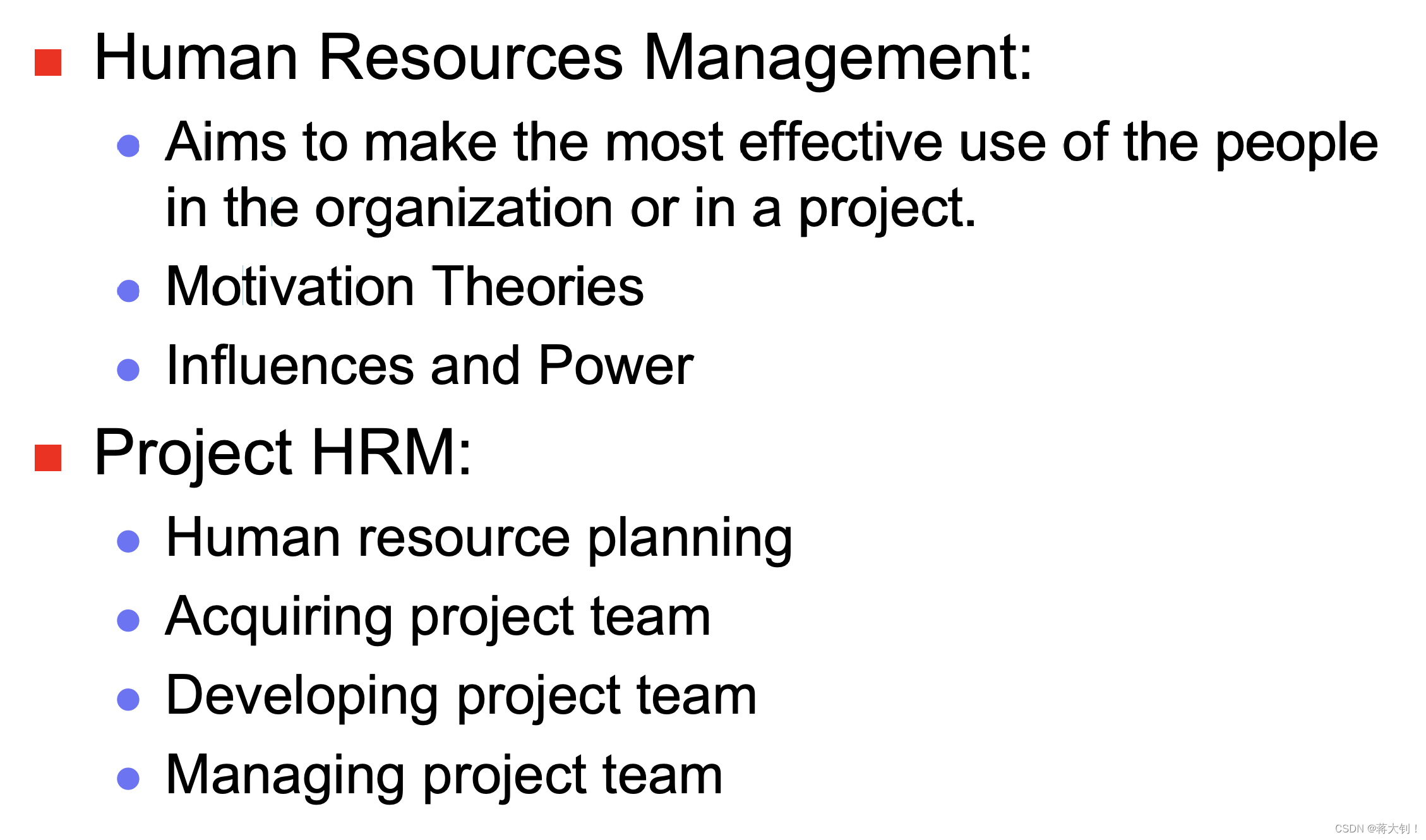
9.1. Introduction
9.1.1. Motivation Theories
Two types of motivation:
- Extrinsic motivation:
- Intrinsic motivation:
Vroom’s expectancy theory of motivation identifies three influences on motivation:
- Expectancy: the belief that working harder will lead to a better performance.
- Instrumentality: the belief that better performance will be rewarded.
- Perceived value: of the resulting reward
9.1.2. Influence and Power
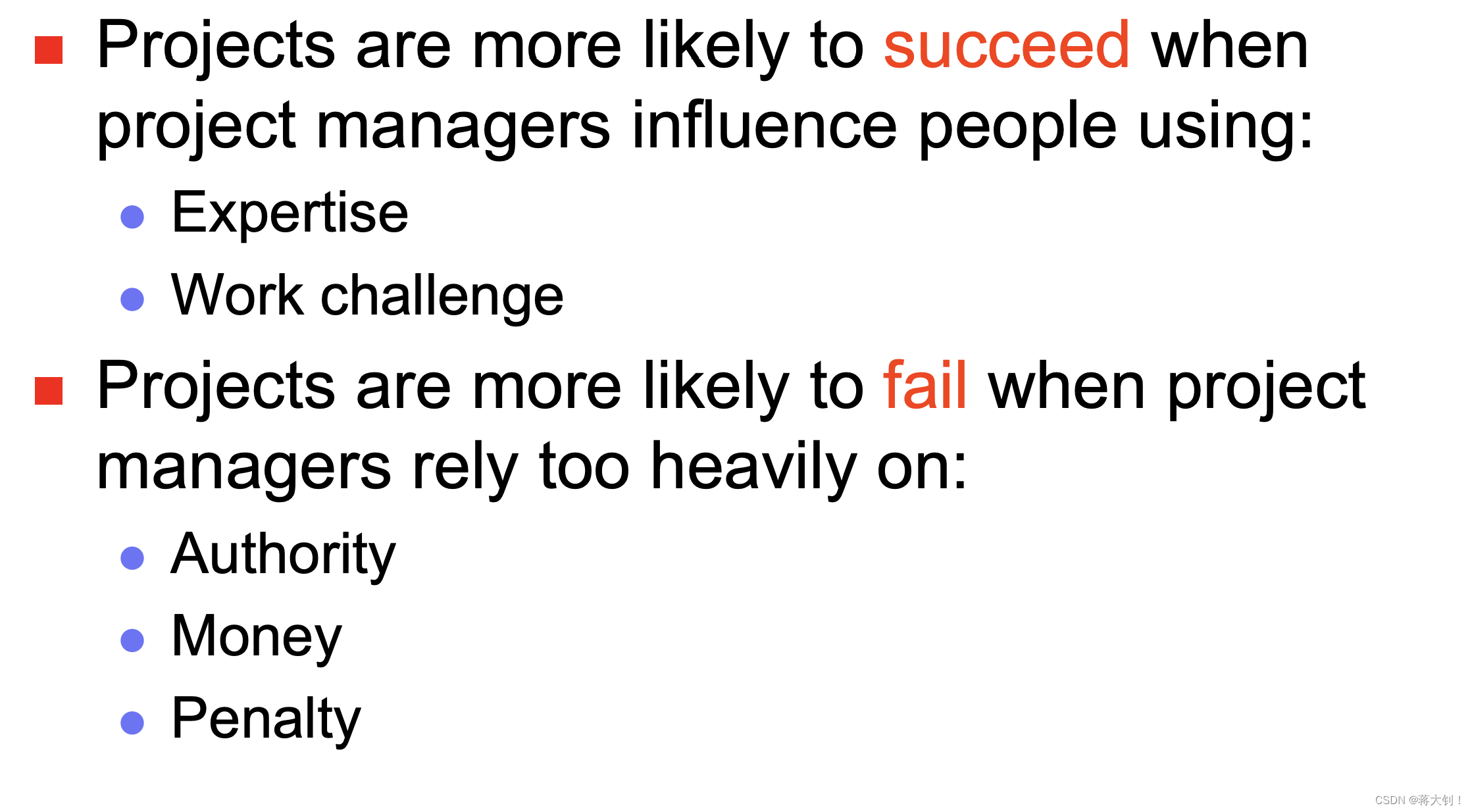
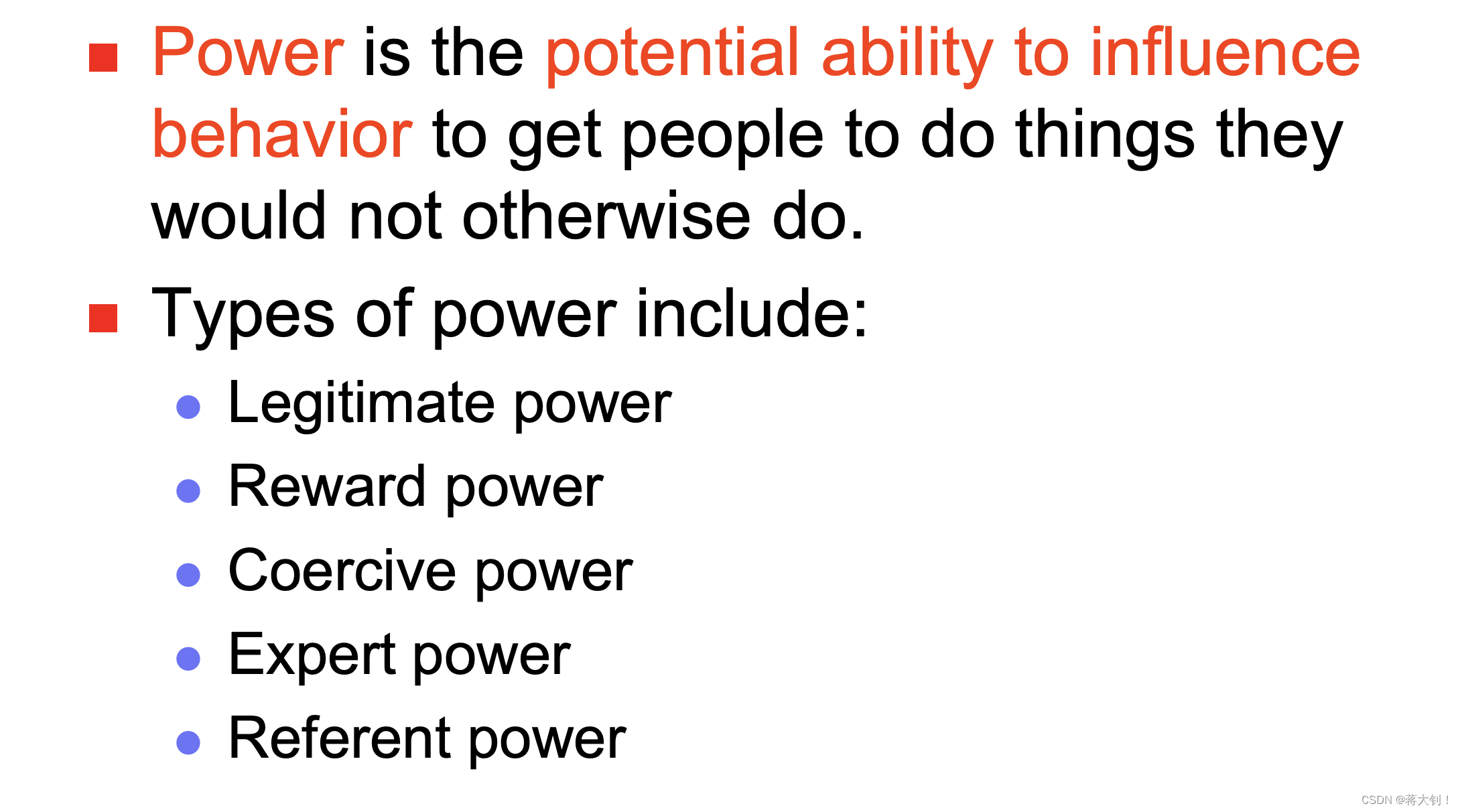
9.1.3. Motivating Team
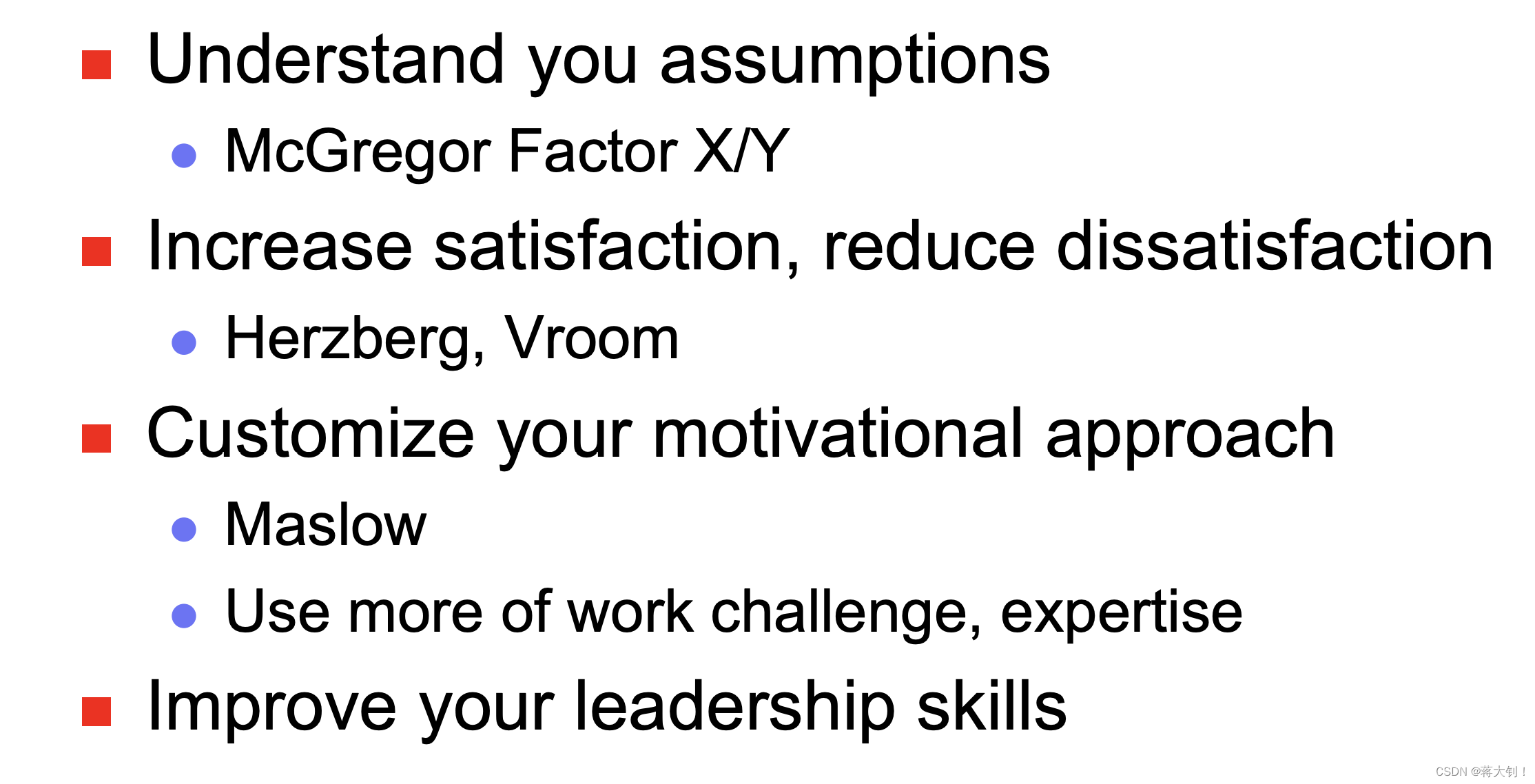
9.2. Project Human Resource Management
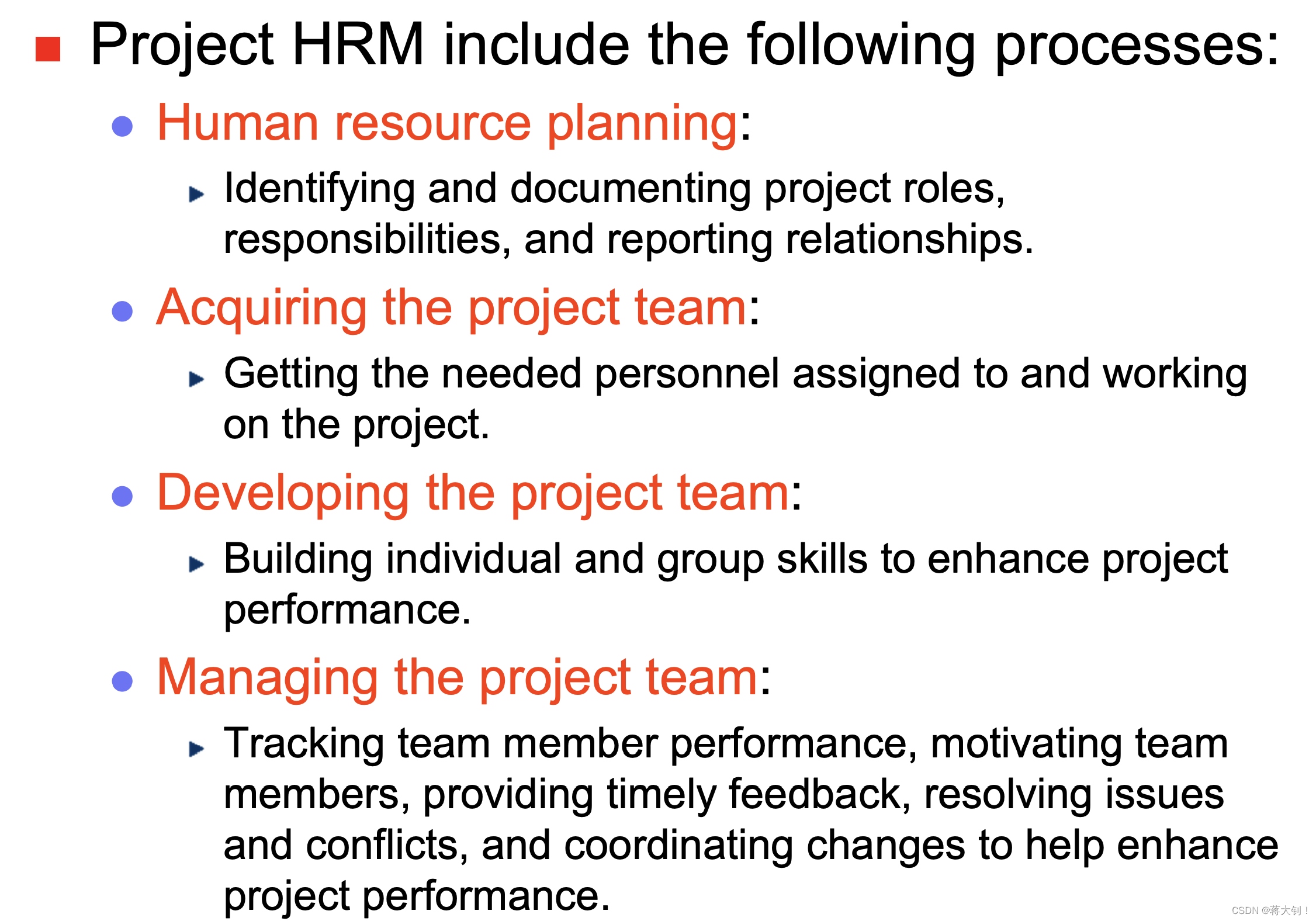
9.3. Human Resource Planning
Outputs include:
- Project organizational charts
- Responsibility assignment matrixes
- Staffing management plans
- Resource histograms
9.3.1. Project Organization Charts
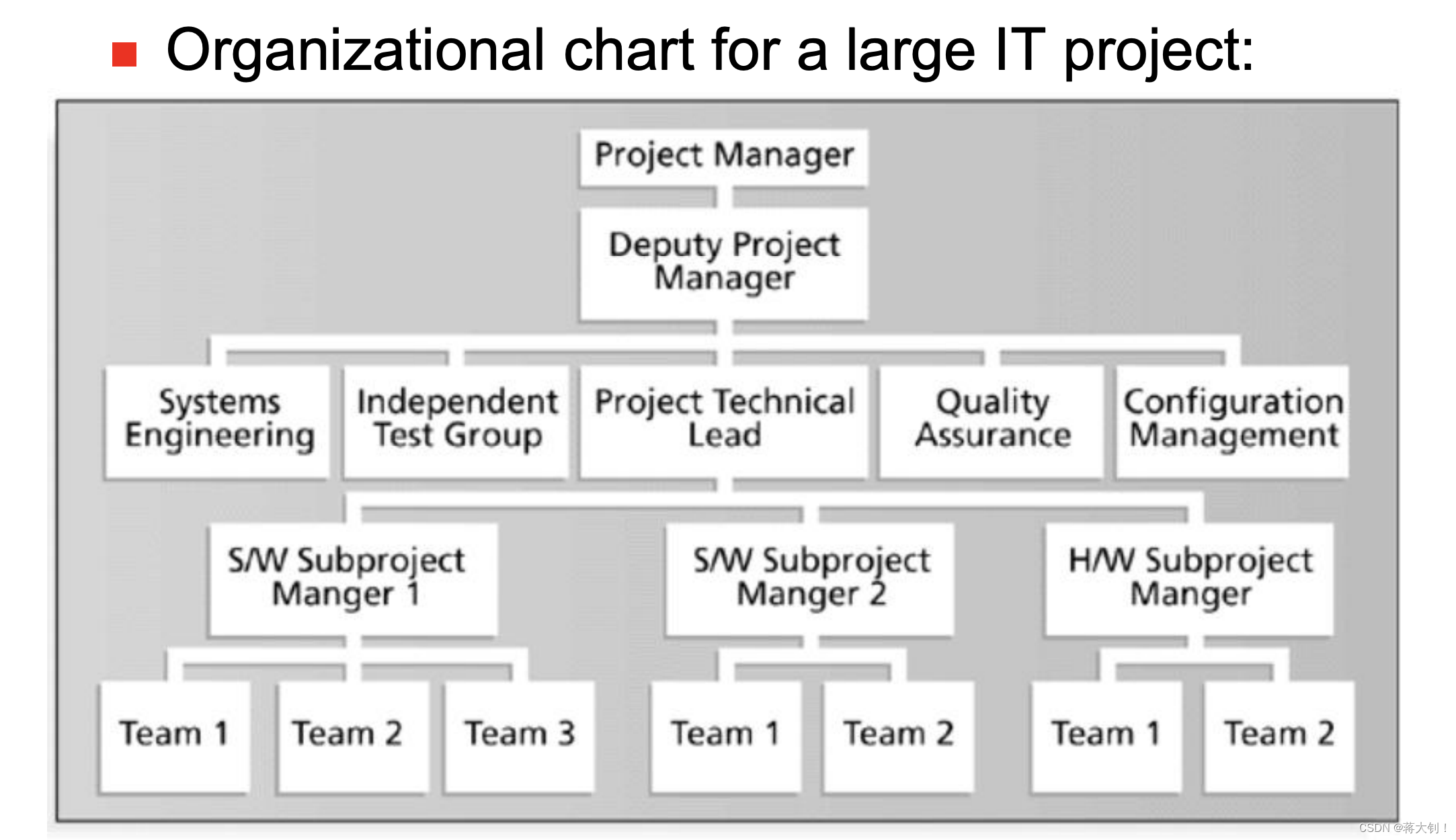
9.3.2. Responsibility Assignment Matrices
is a matrix that maps the work of the project, as described in the WBS, to the people responsible for performing the work, as described in the OBS.
9.3.2.1. RACI Chart
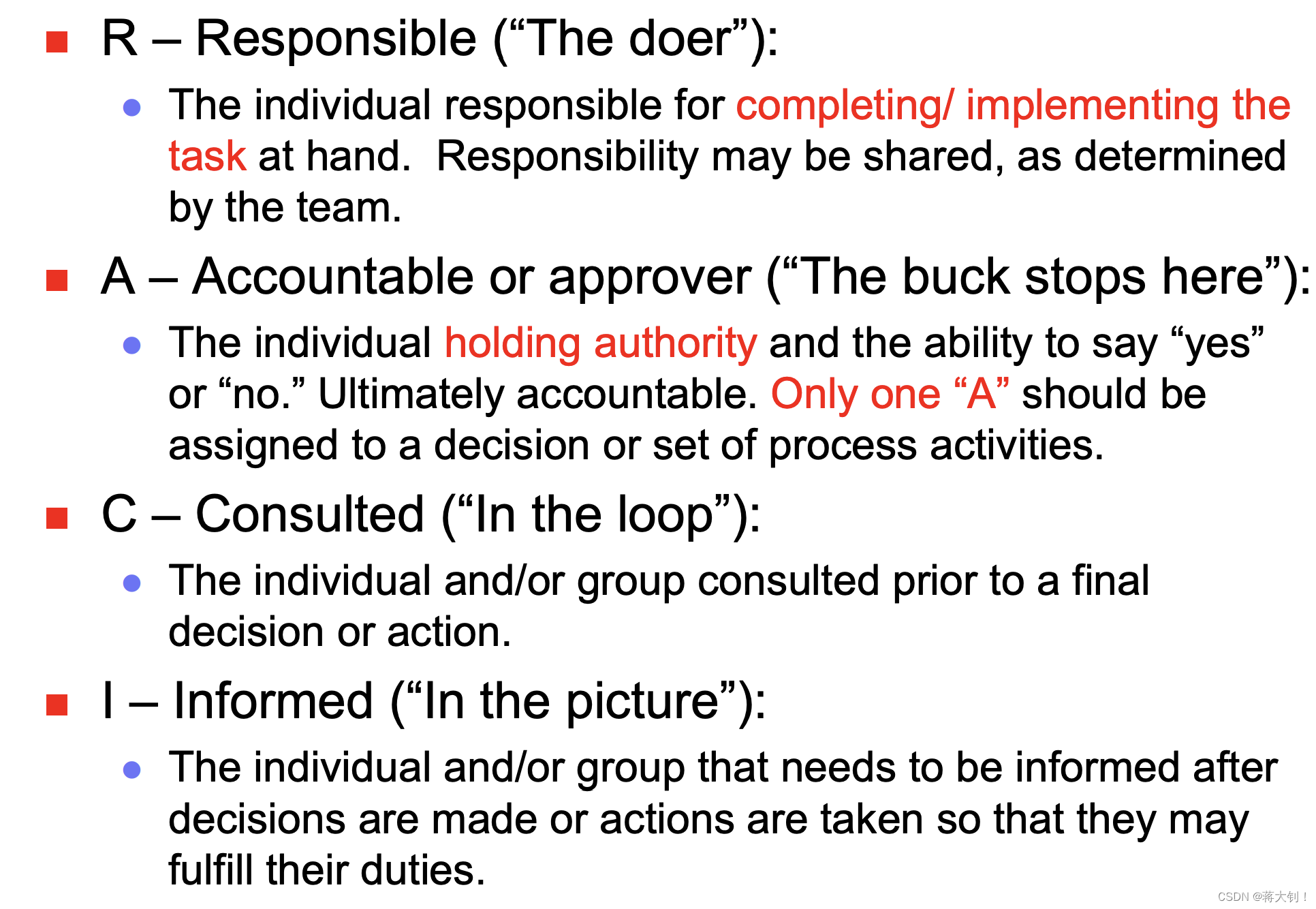
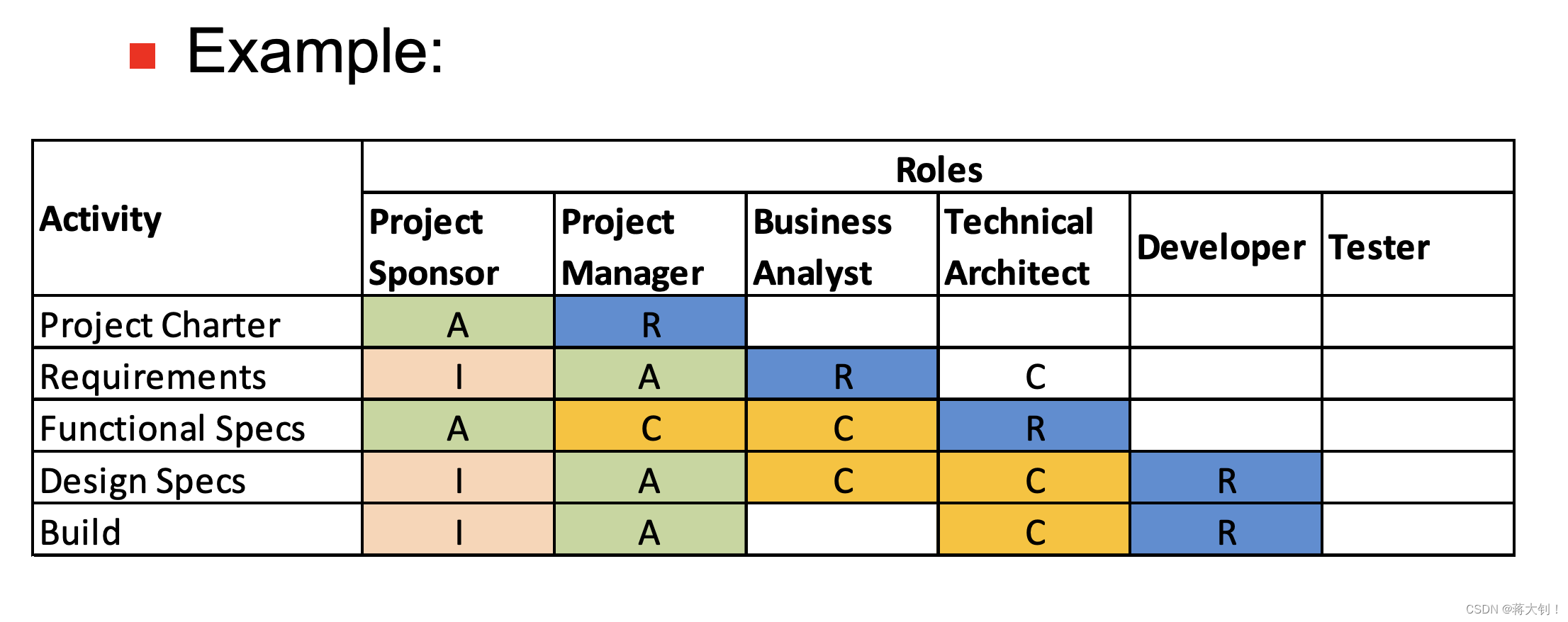
9.3.2.2. PARIS Chart
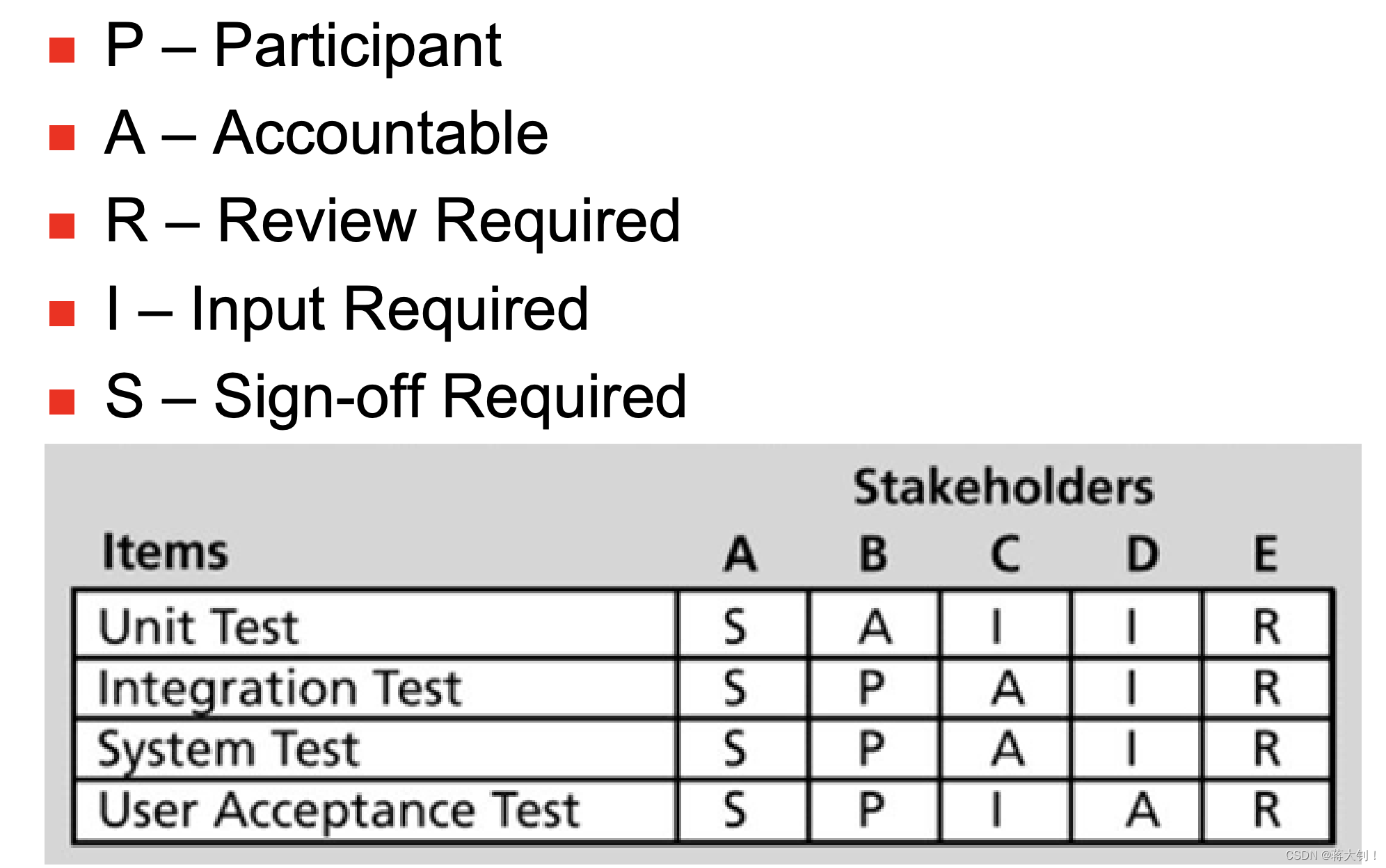
9.3.3. Staffing Management Plans
A staffing management plan describes when and how people will be added to and taken
off the project team.
9.3.4. Resource Histograms
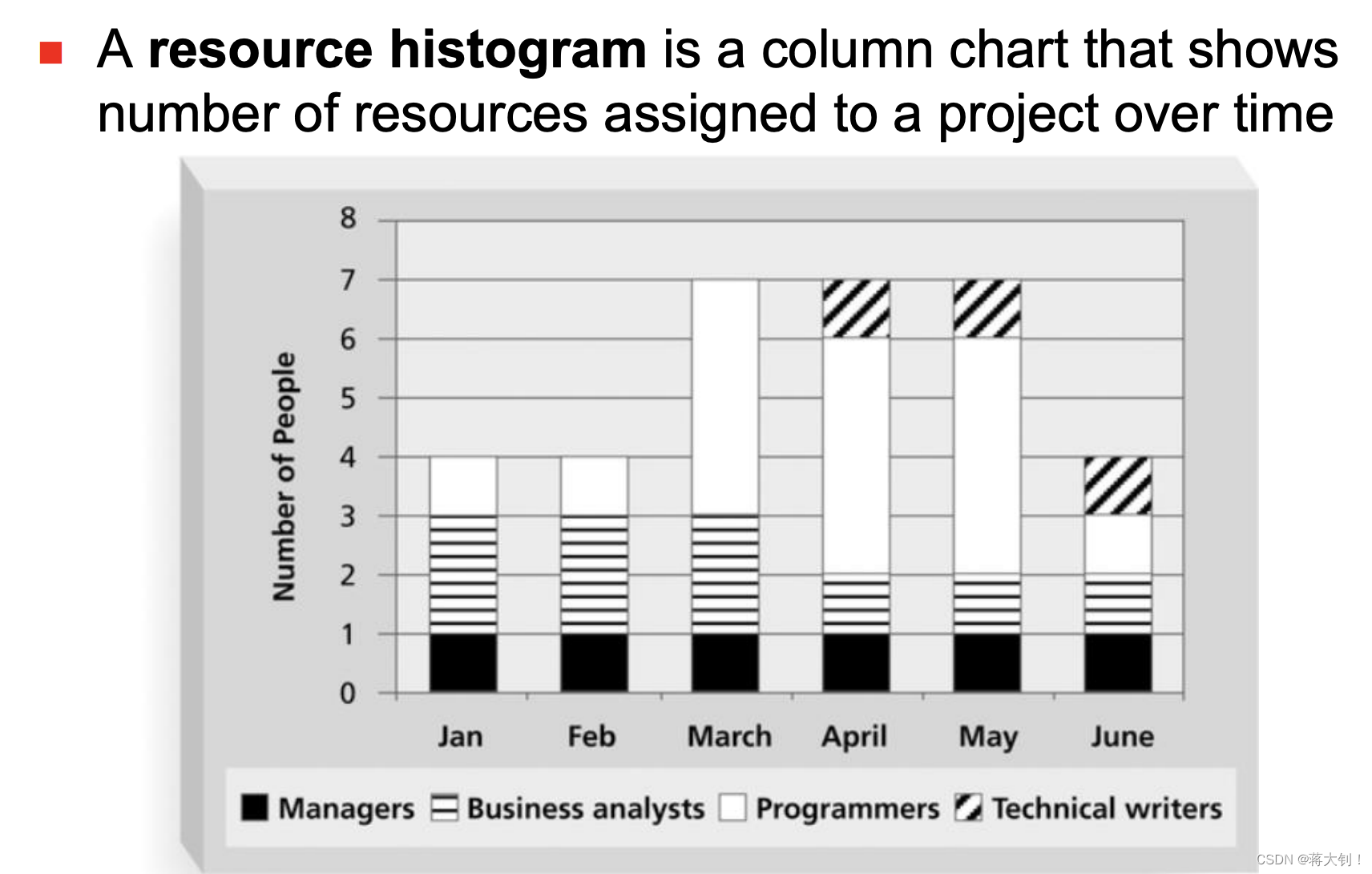
Resource loading refers to the amount of individual resources an existing schedule requires during specific time periods.
Overallocation means more resources than are available are assigned to perform work at a given time.
Resource leveling is a technique for resolving resource conflicts by delaying tasks.
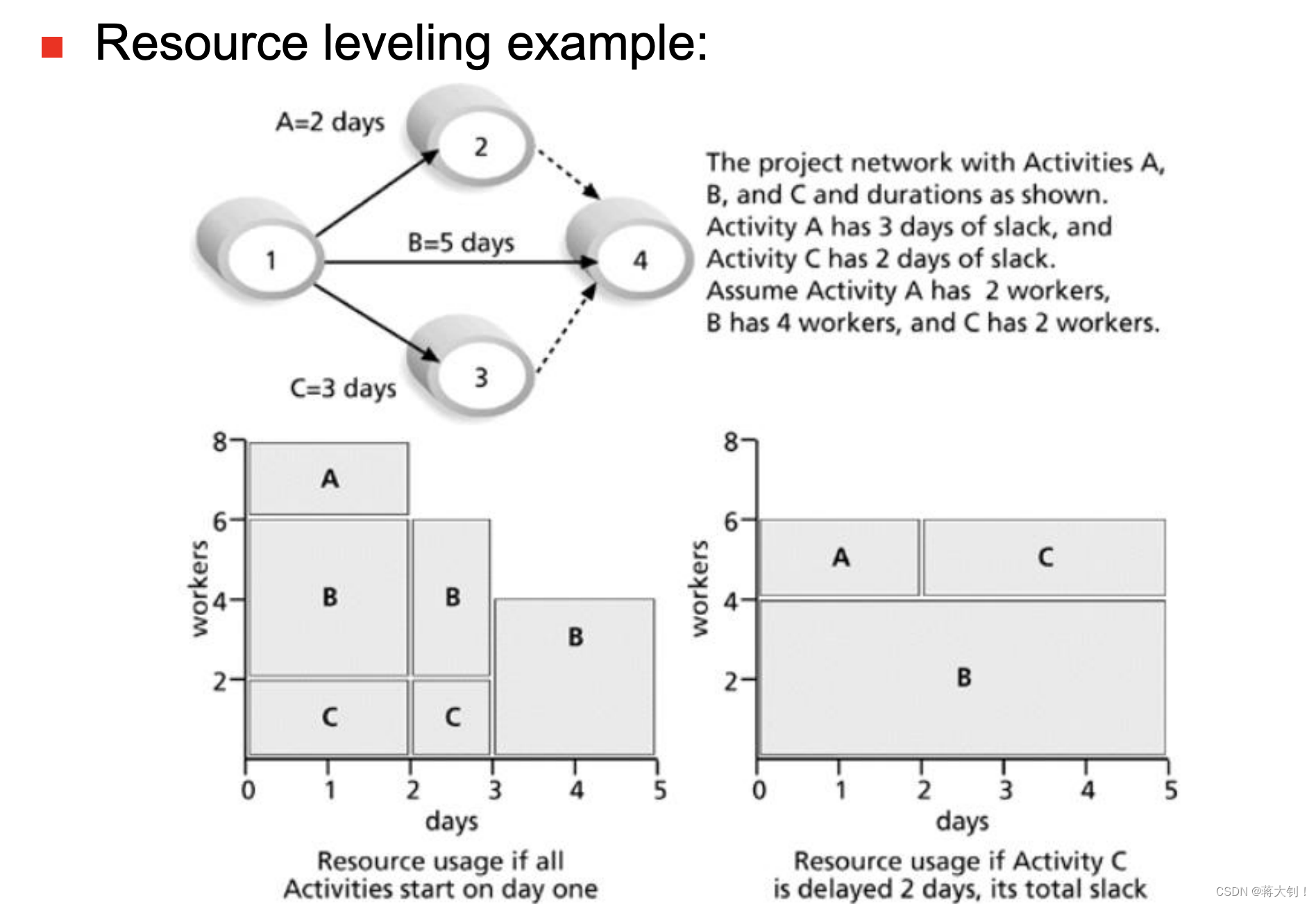
9.4. Acquiring Project Team
9.5. Developing Project Team
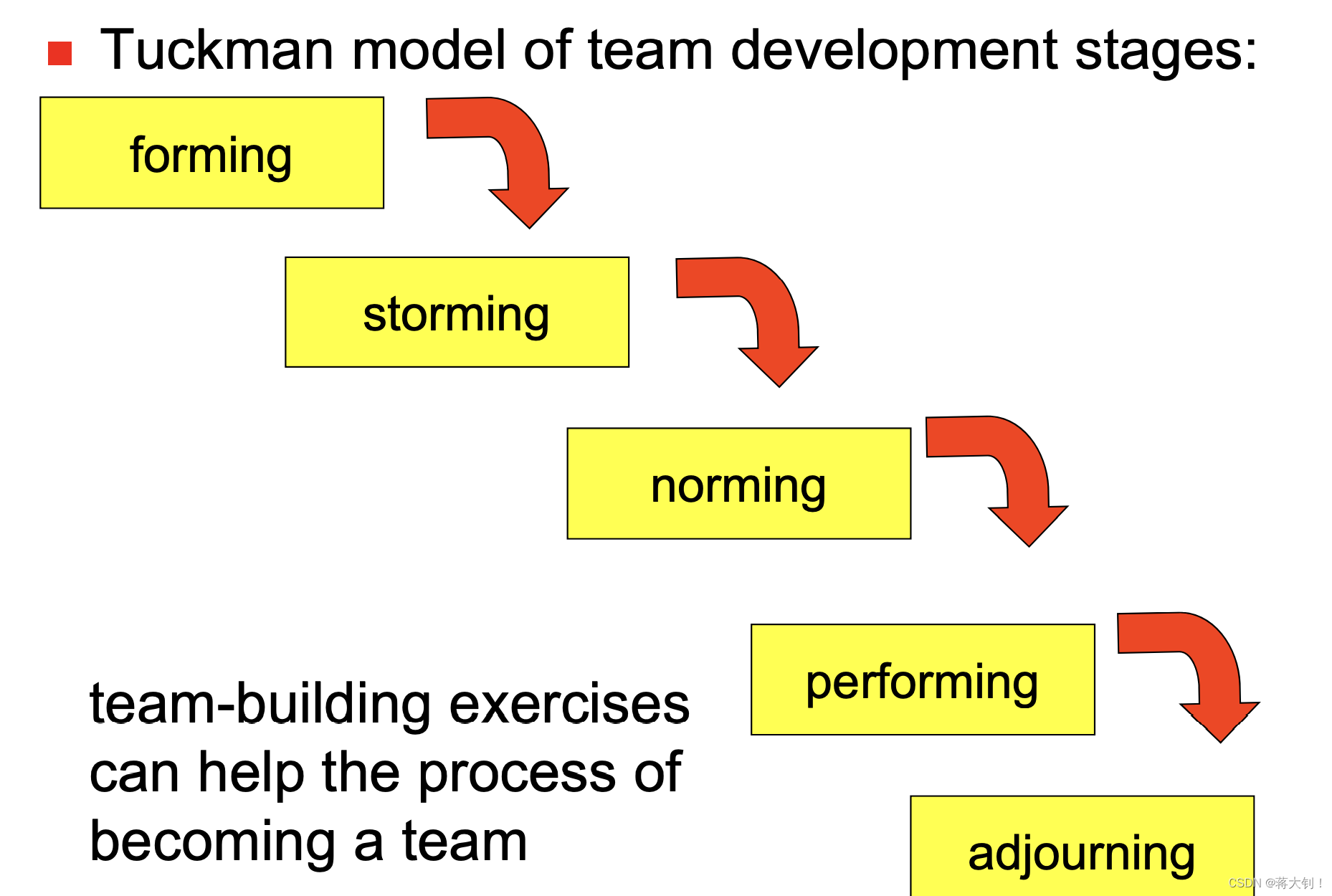
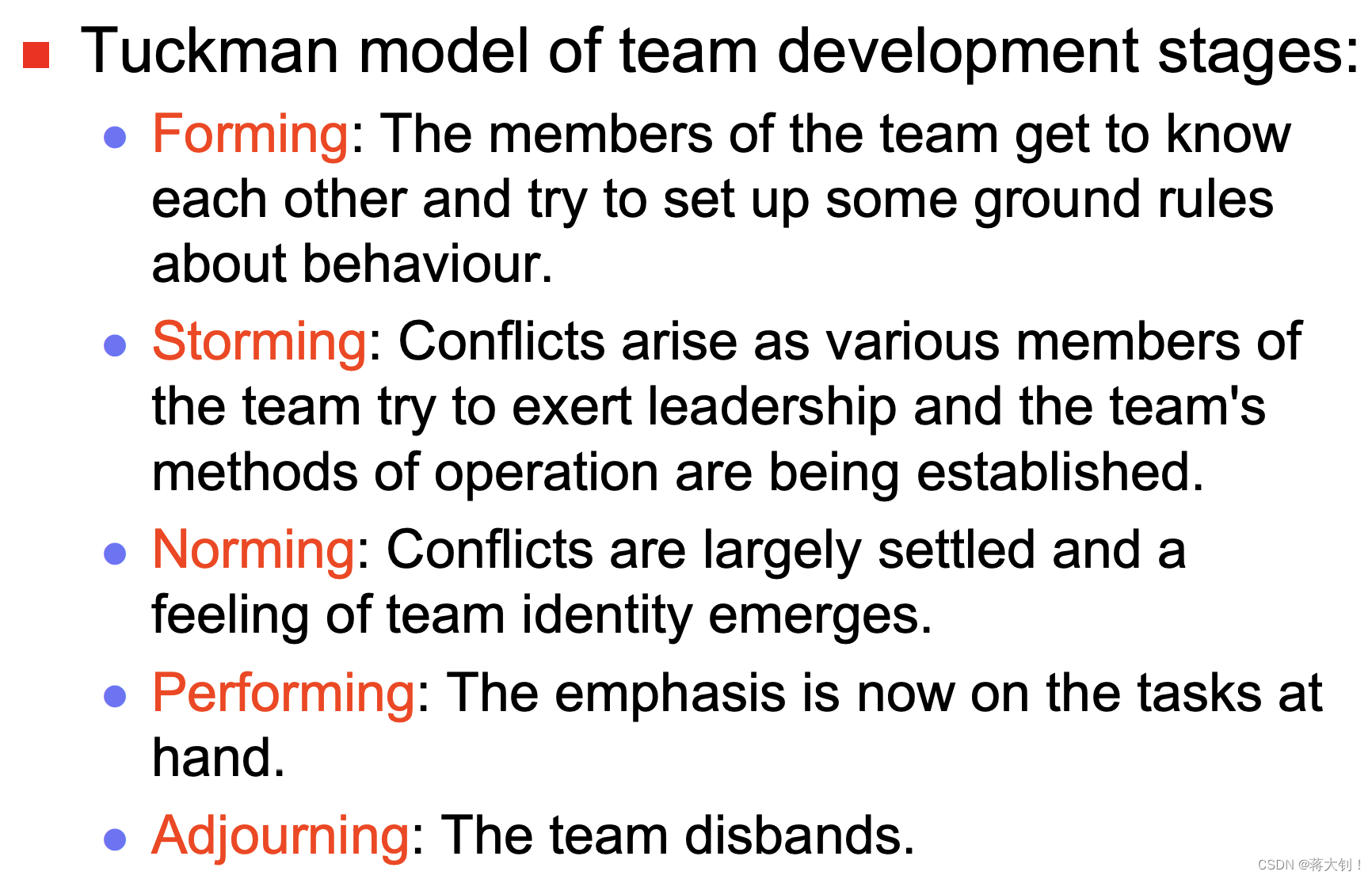
9.5.1. Team Building
Team building activities include:
- Physical challenges, e.g. AsiaWorks Training
- Psychological preference indicator tools, e.g. MBTI, Belbin’s management team types, social styles profile
Myers-Briggs Type Indicator (MBTI):
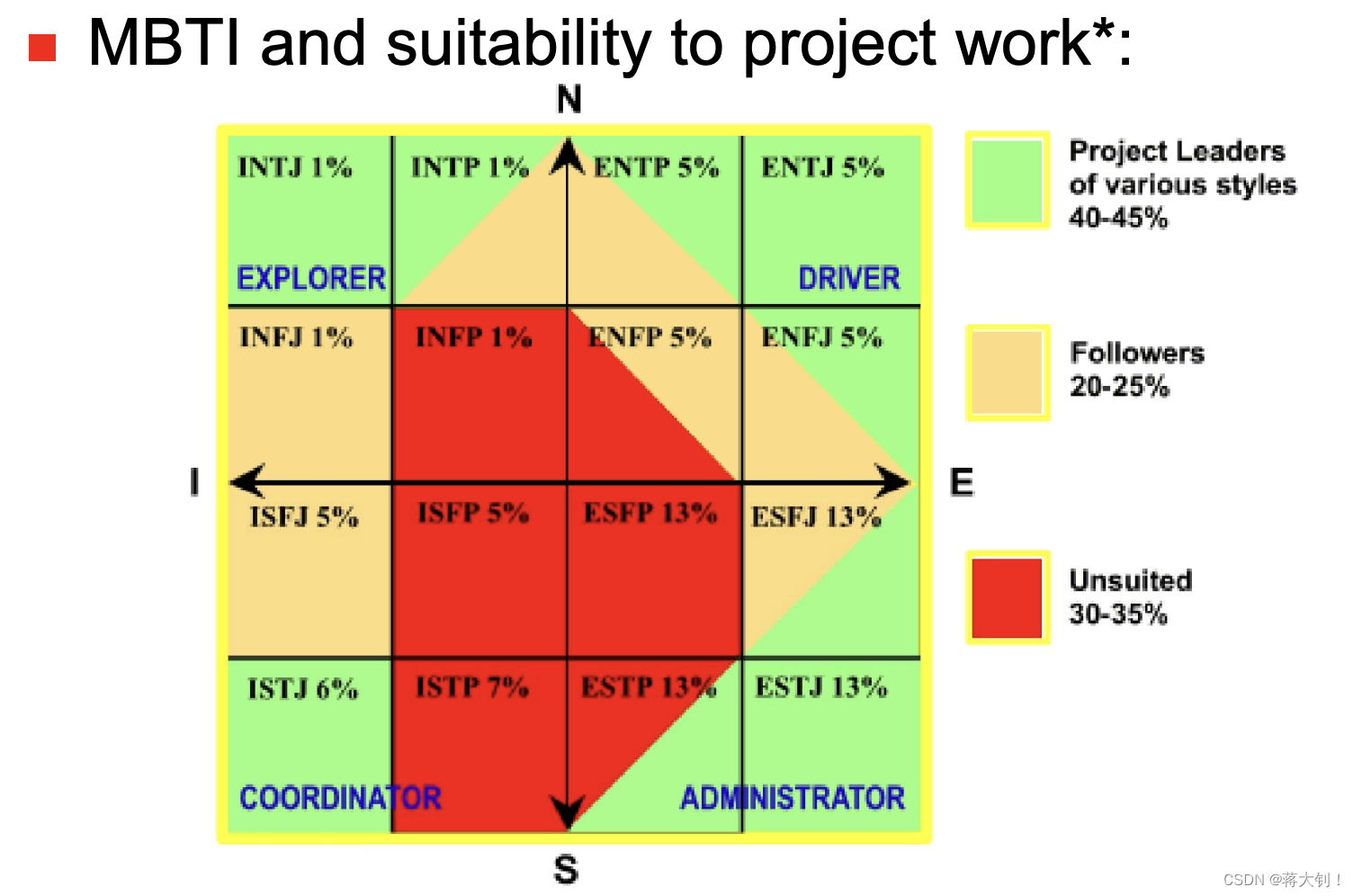
9.5.2. Performing

9.6. Managing Project Team
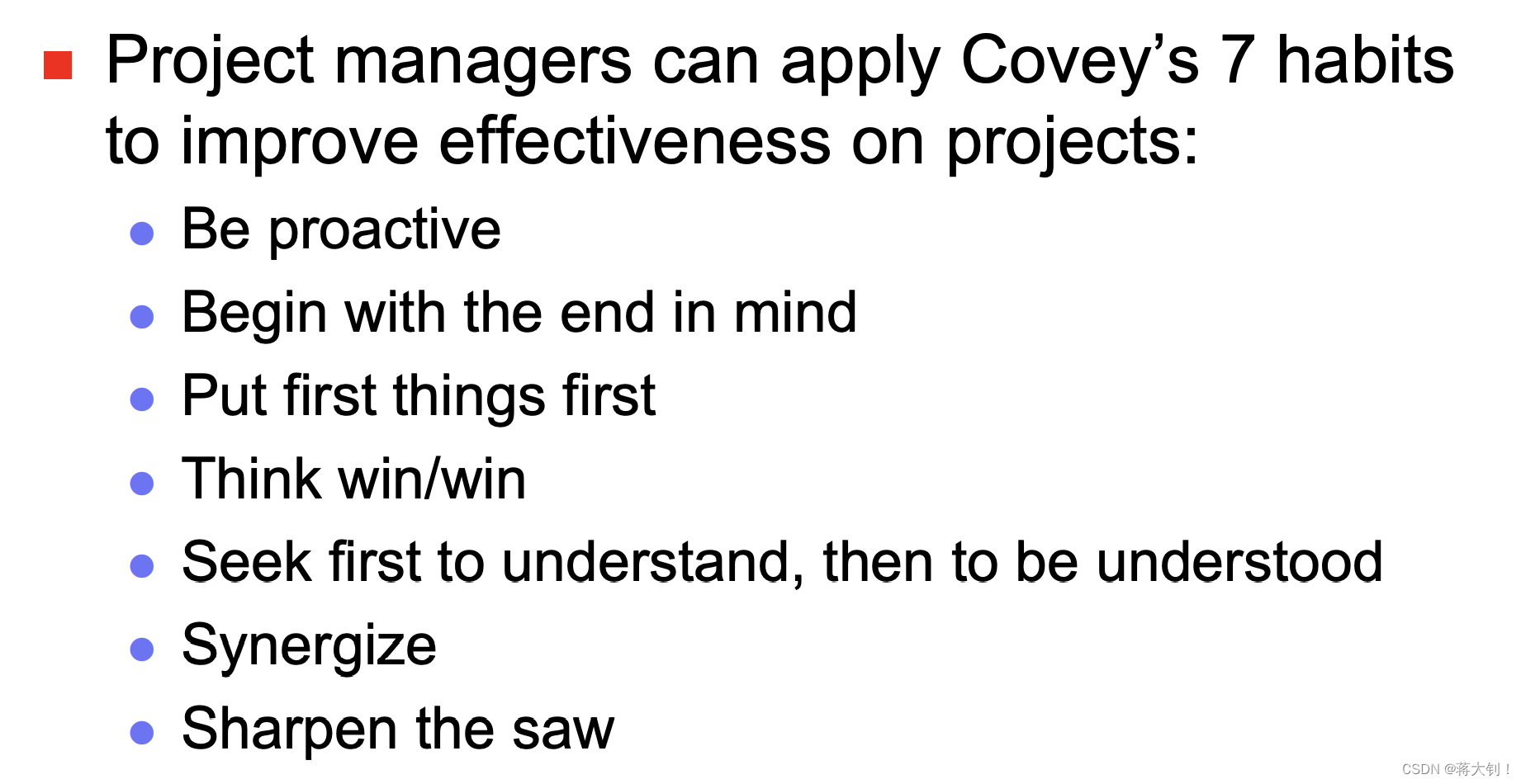
9.6.1. Empathic Listening and Rapport(同理心)
9.6.2. Reward and Recognition Systems
9.6.3. Conflict Management
9.6.4. Building Trust
9.6.5. General Advice on Team
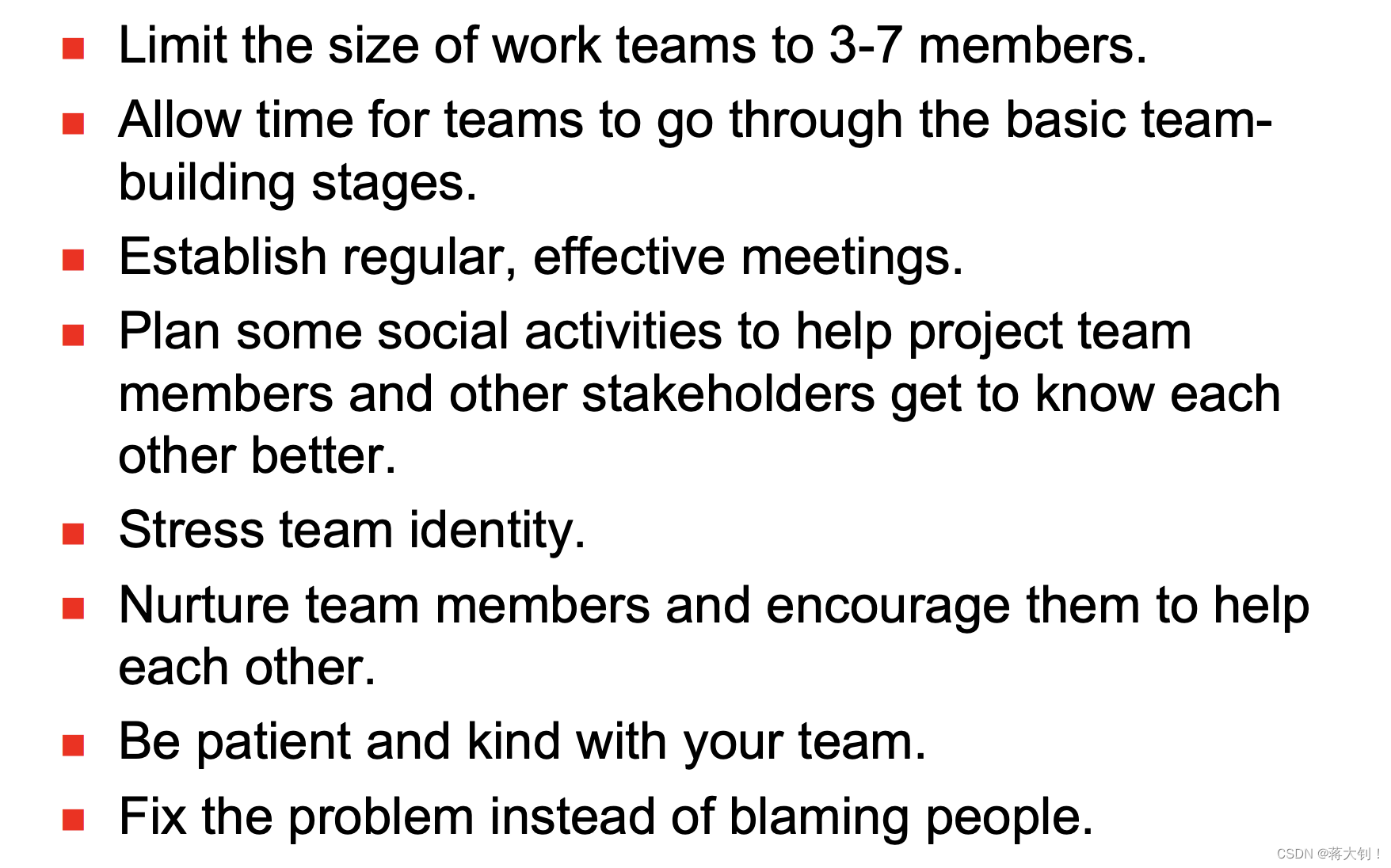


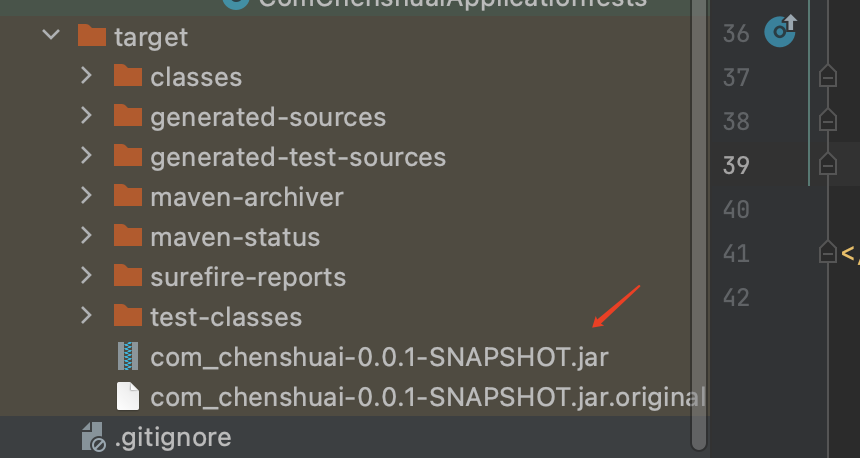
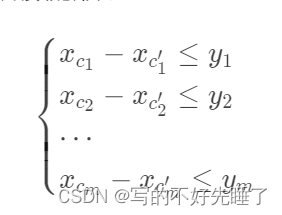
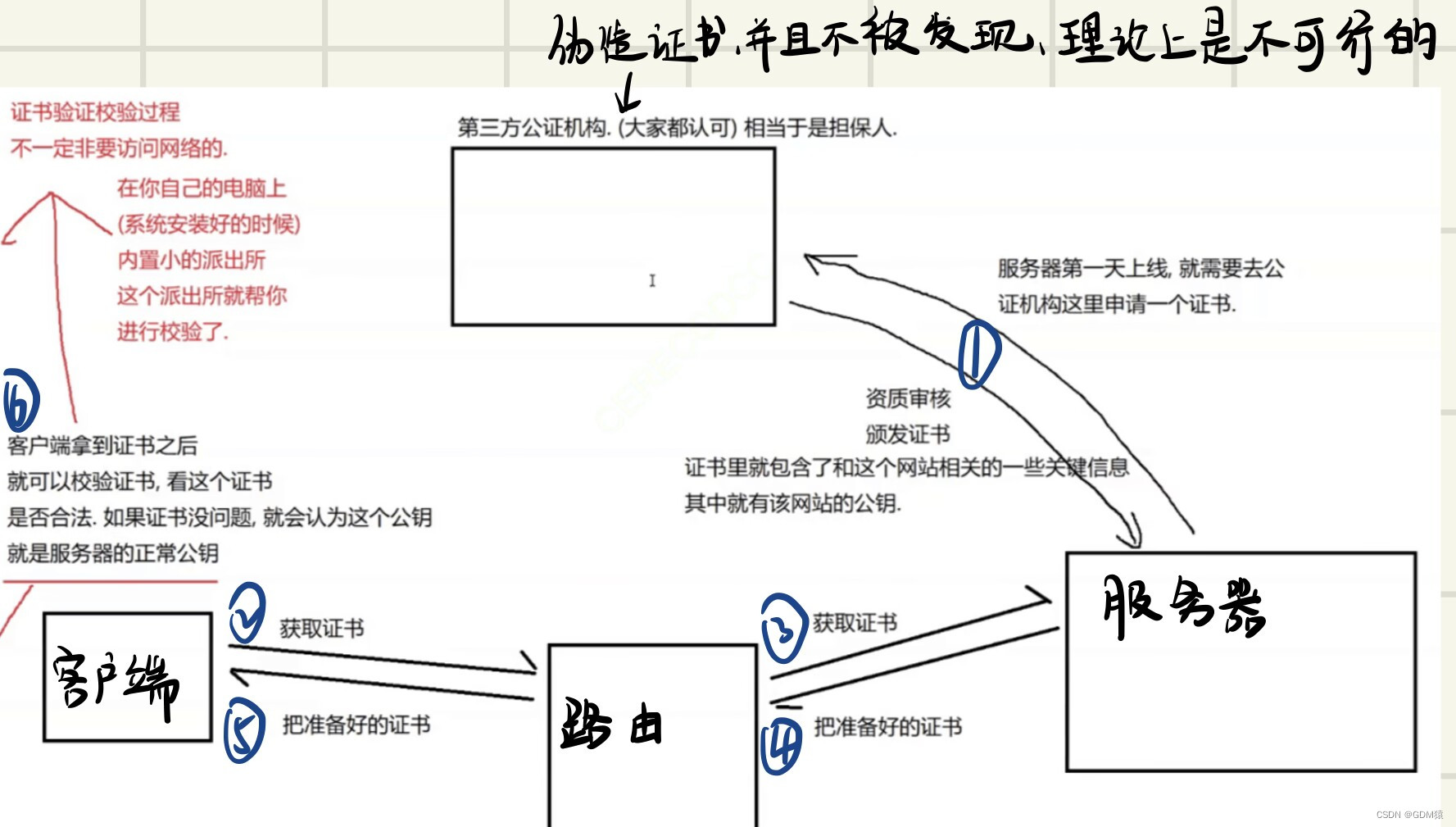

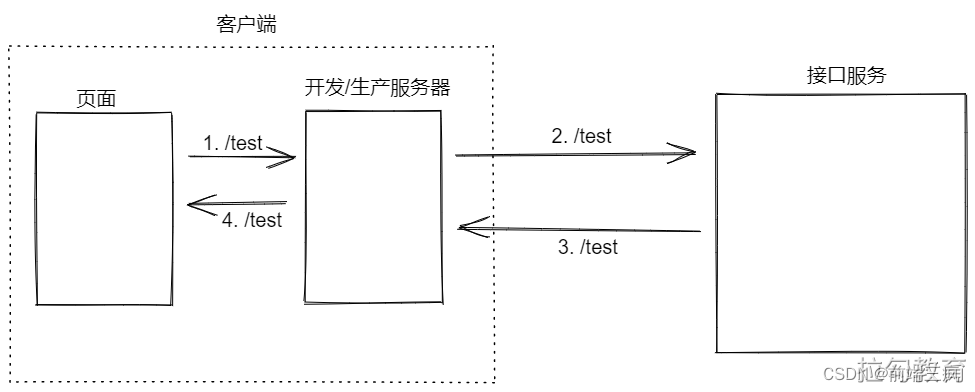
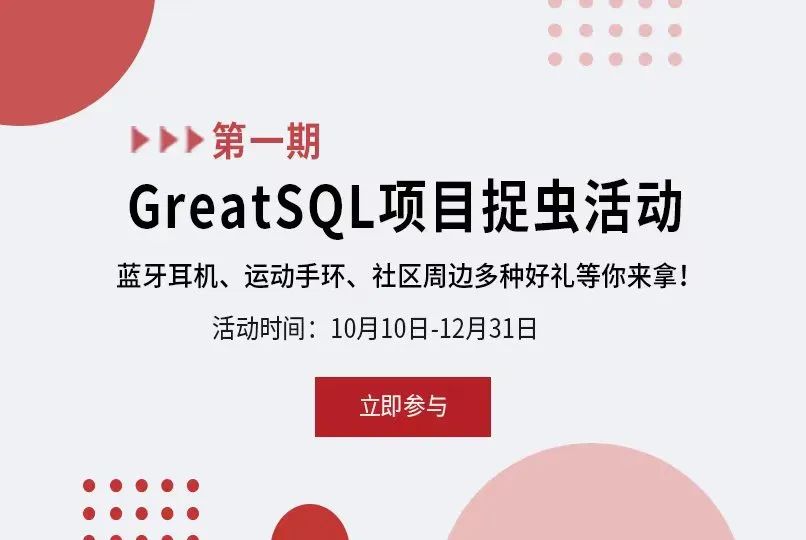


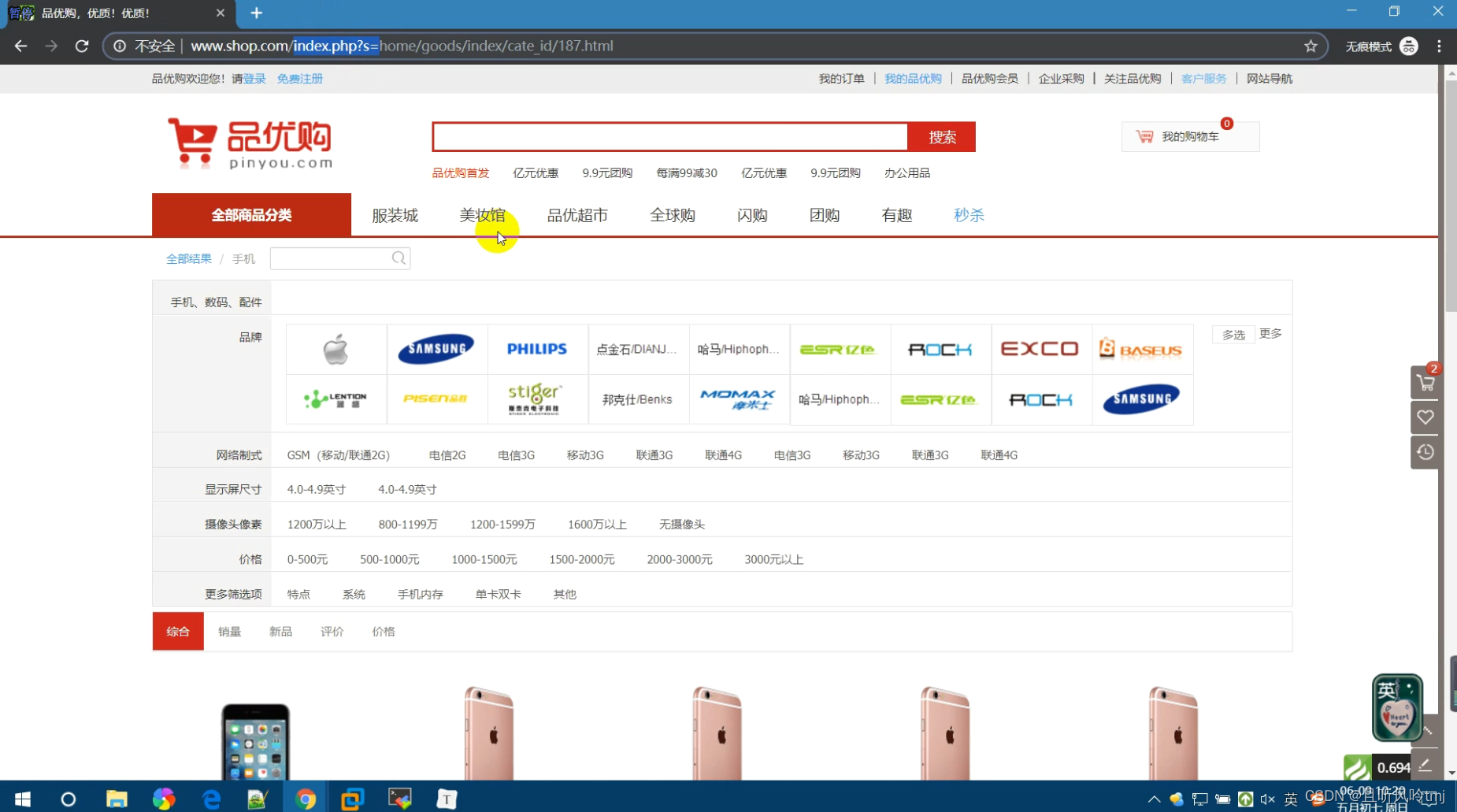
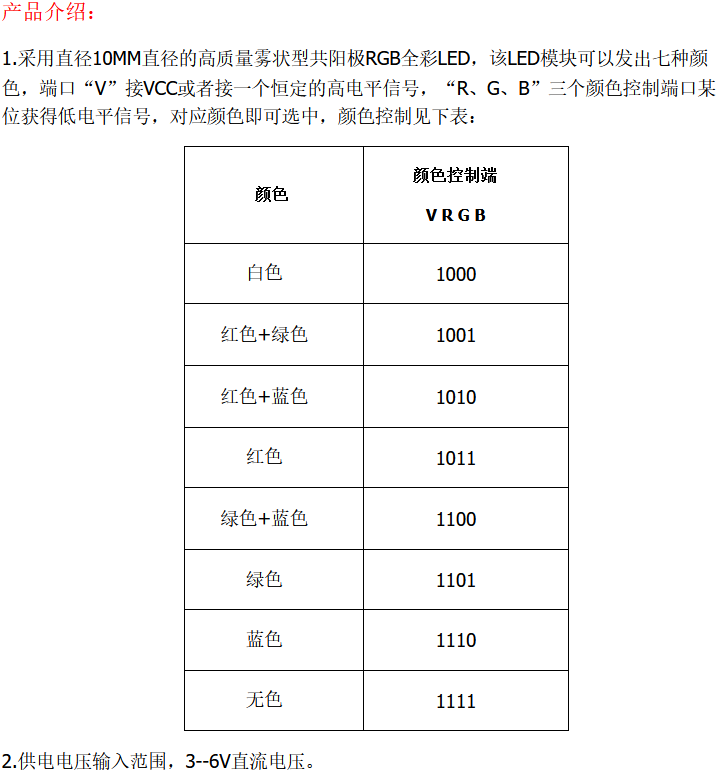

![[附源码]java毕业设计网上书店系统](https://img-blog.csdnimg.cn/683583f907194d3e8953113b5338fa74.png)
